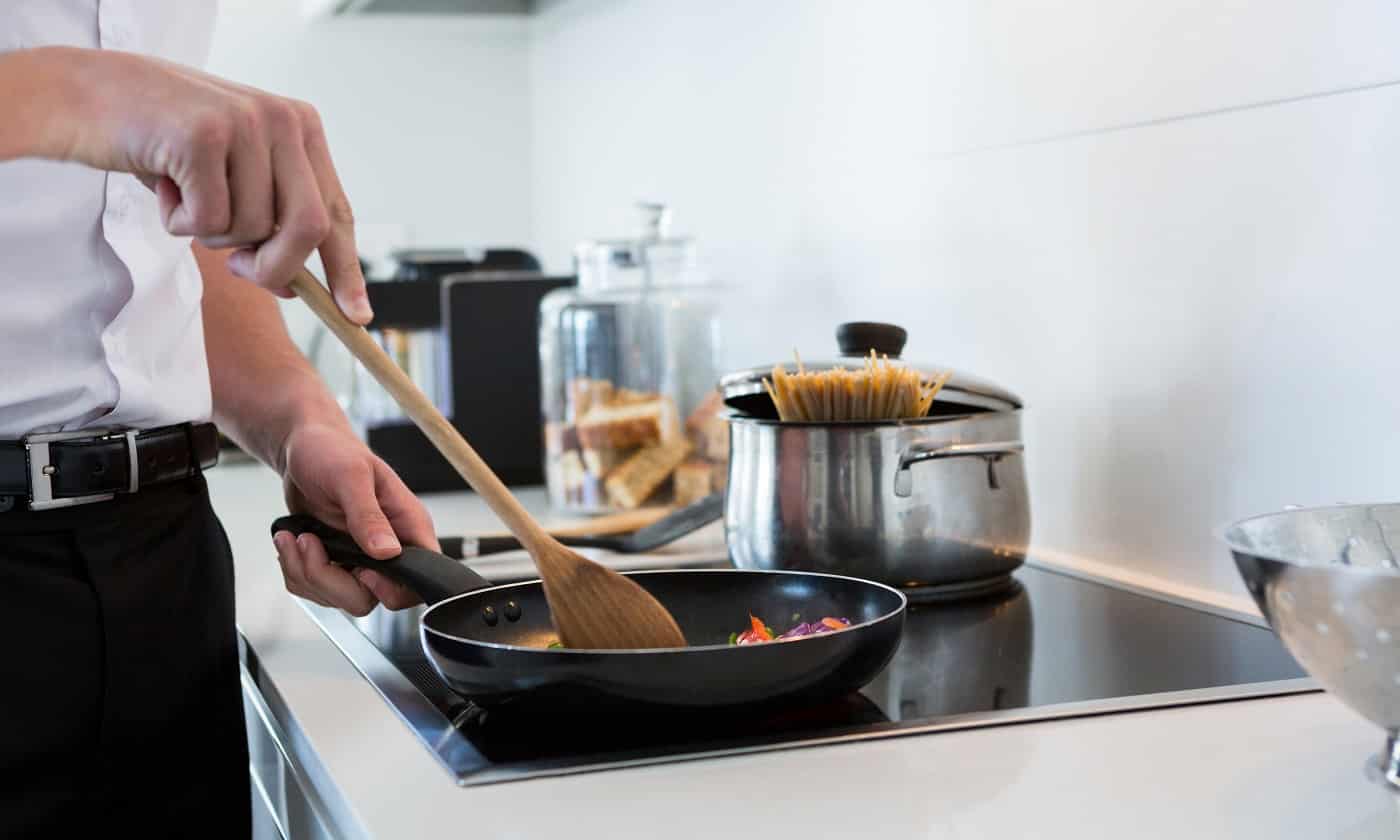How to Prevent Cast Iron from Slipping on Induction Hob Tips
Written By James Morgan
For barbecue enthusiasts who relish the art of grilling and cooking, using cast iron cookware is often a staple in the kitchen. Known for its durability and ability to retain heat, cast iron is a favorite among many. However, when it comes to using cast iron on an induction hob, one common issue arisesslipping. This can be a frustrating experience, especially when precision and stability are key to achieving the perfect cook. In this article, we'll delve into how to prevent cast iron from slipping on induction cooktops, ensuring a smooth and enjoyable cooking experience.

The Beauty and Benefits of Cast Iron
Before we tackle the slipping issue, it's essential to understand why cast iron remains a popular choice among cooking enthusiasts. Cast iron cookware is lauded for its even heat distribution, which is crucial for searing meats to perfection on the grill. Moreover, its ability to retain heat ensures that your food stays warm for longer, a boon when serving delectable dishes to guests. For more insights on why cast iron is a timeless choice, visit Is Cast Iron Safe for Induction.
Understanding Induction Cooking
Induction cooking is an innovative method that uses electromagnetic fields to directly heat pots and pans. This means the cooktop itself remains relatively cool while the cookware heats up rapidly. However, the smooth surface of an induction hob, while aesthetically pleasing, can often lead to cookware slipping, especially if it's heavy or lacks a flat base. To learn more about induction cooking, check out Induction Cooking with Traditional Pans.
Why Does Cast Iron Slip on Induction Hobs?
The primary reason cast iron may slip on an induction hob is due to the smooth glass surface of the cooktop. Unlike gas stoves or electric coils, which provide a textured surface, the glass-ceramic surface of induction hobs offers little friction. Additionally, if the base of the cast iron cookware is not entirely flat, it can lead to instability. The weight of cast iron pans, combined with any uneven base, can exacerbate this issue.
Solutions to Prevent Slipping
Use Cookware with a Flat Base
One of the simplest solutions is to ensure that your cast iron cookware has a flat base. Some older or more traditional cast iron pans may have slightly rounded bottoms, which can cause instability. Investing in new cast iron cookware designed for modern cooktops can mitigate this issue. For examples of suitable cookware, visit Does Cast Iron Work on Induction Cooktops?.
Utilize a Silicone Mat
Placing a silicone mat or pad between the induction hob and the cast iron cookware can provide additional grip and prevent slipping. These mats are heat resistant and designed specifically for use with induction cooktops. They not only prevent slipping but also protect the glass surface from scratches.
Keep the Surface Clean
Ensuring both the cooktop and the base of the cast iron pan are clean and free of any residue can also help prevent slipping. Any grease or food particles can reduce friction and cause the pan to move. Regular cleaning and maintenance of your induction hob and cookware are essential practices for any cooking enthusiast. For more cleaning tips, see Using Heavy Cookware on Induction.
Leveraging Weight and Balance
Another practical approach is to ensure that the weight is evenly distributed across the pan. When cooking, try to position the food evenly to maintain balance. This not only prevents slipping but also promotes even cooking. Barbecue enthusiasts understand the importance of balance in cookingwhether it's a perfectly seared steak or a beautifully grilled vegetable.
Final Thoughts
Understanding how to prevent cast iron from slipping on induction cooktops can elevate your cooking experience, especially for those who enjoy the nuances of barbecue and grilling. With the right techniques and tools, you can enjoy the benefits of cast iron without the frustration of slipping. Remember, the key lies in choosing the right cookware, maintaining cleanliness, and ensuring balance. For further reading, explore How to Use Cast Iron Over Any Heat Source.

FAQs
Can all cast iron cookware be used on induction hobs?
Most cast iron cookware is suitable for induction hobs, but it's essential to ensure a flat base for stability. Older cookware may not have been designed with induction in mind, so checking compatibility is key.
Do silicone mats affect cooking performance?
Silicone mats are designed to withstand high temperatures and do not interfere with cooking performance. They provide a stable surface and protect the cooktop from scratches.
Is it necessary to buy new cookware for induction cooking?
Not necessarily. Many traditional cast iron pieces work well with induction. However, if slipping is a persistent issue, considering cookware explicitly designed for induction is a wise investment. For more insights, visit Cookware That Works with Induction.



